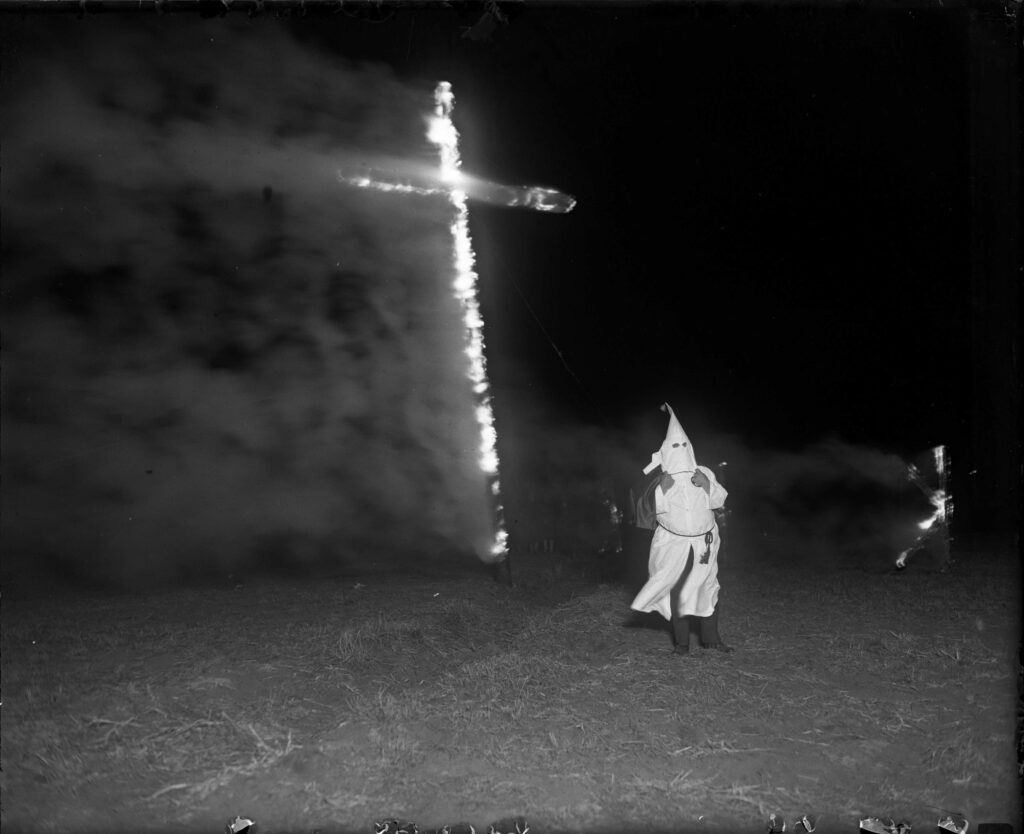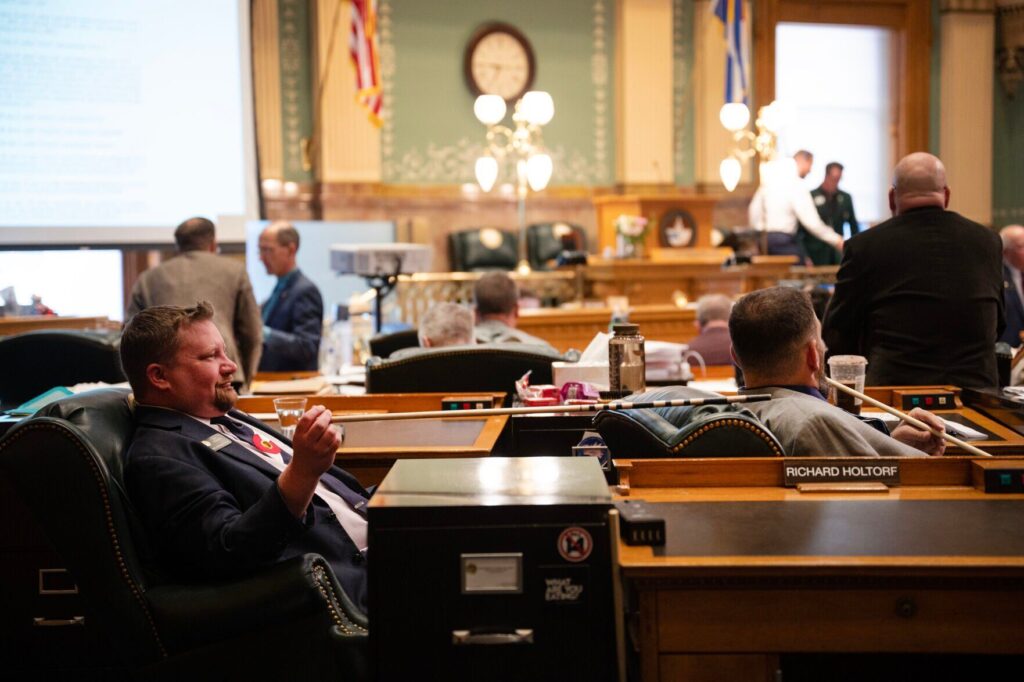Colorado wildlife employees group issues resolution supporting science-based wildlife management
An organization representing hundreds of current and former Colorado Parks and Wildlife employees has penned a resolution supporting “science-based wildlife conservation.”
The resolution, approved by the association’s board on Oct. 9, said it is “self-evident that all wildlife in Colorado is best protected, enhanced, and managed via the science-based wildlife management professionals employed by the State of Colorado for such purposes.”
In particular, the group said that science-based approach is “pursuant to the mission of Colorado Parks and Wildlife” and as prescribed by the tenets of the “North American Model of Wildlife Conservation.”
The organization is not merely a bystander to CPW’s activities. It represents 230 agency employees, past and present, including wildlife biologists, administrators, and officers.
Between the lines, the group appears to signal its preference for “science-based wildlife conservation” against recent efforts to hand over major decisions on wildlife management to voters, instead of letting the wildlife agency’s staffers do that task.
Board President Casey Westbrook, a district wildlife manager at CPW, told Colorado Politics the resolution is intentionally broad and doesn’t address the two ballot measures put in front of voters in the last four years, including Proposition 114, which directed the wildlife agency to relocate wolves onto the Western Slope, despite massive opposition from voters in those counties; and this year’s Proposition 127, which, if approved, would ban the hunting of mountain lions, bobcats and lynx.
Lynx are a protected species, listed as endangered in Colorado and threatened under the Endangered Species Act, and are illegal to hunt.
“If this is going to be a trend, we’d like to get in front of it,” Westbrook told Colorado Politics.
CWEPA’s membership goes back to 1947.
“Our reason to exist is so we can do our jobs to the best of our abilities,” Westbrook said. “This resolution is to try to achieve exactly that — those of us who are professionals at this, employed to do this and trusted by the public to do this, are actually allowed to do it.”
There are almost always unintended consequences, he said, adding the difficulty with wildlife management is that it must always be adaptive.
Circumstances change and evolve, Westbrook said, adding, “Putting things into place through ballot measures makes it difficult to have that flexibility.”
The resolution’s citation of the North American Model of Wildlife Conservation is critical.
In the United States and Canada, the model operates on seven interdependent principles:
• Wildlife resources are conserved and held in trust for all citizens
• Commerce in dead wildlife is eliminated
• Wildlife is allocated according to the democratic rule of law
• Wildlife may only be killed for a legitimate, non-frivolous purpose
• Wildlife is an international resource
• Every person has an equal opportunity under the law to participate in hunting and fishing
• Scientific management is the proper means for wildlife conservation
On its website, CPW states, “The NAMWC is implemented throughout the United States. In Colorado, the model has helped species like lynx, moose, black-footed ferrets, elk, and turkeys among others. The millions of dollars generated by hunters and anglers — through license sales and excise taxes on equipment and firearms — are the reason this model works.”
The battle to ban hunting of mountain lions, bobcats, and lynx has been waged in Colorado since 2017, when the Humane Society of the United States unsuccessfully petitioned the Colorado Parks and Wildlife Commission multiple times to implement a ban. When that failed, the Humane Society of the United States went to the Colorado General Assembly, where the state Senate Agriculture and Natural Resources Committee in 2022 gave a firm “thumbs down” to legislation pushed by the group.
Testimony provided during the 2022 bill hearing pointed out that out of 960 species managed by Colorado Parks and Wildlife, about 80 are hunted. Hunting and fishing licenses also provide 75% of the agency’s annual revenue and about $2 billion in economic impact annually.











